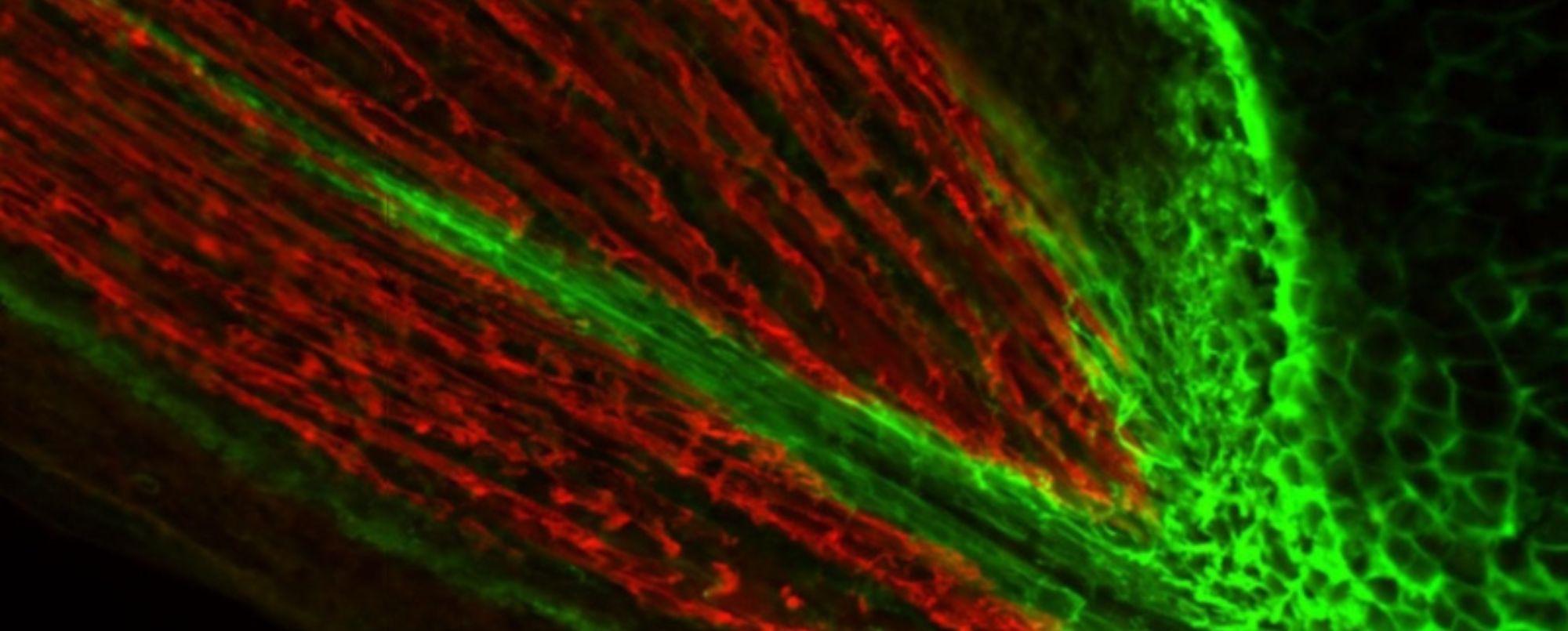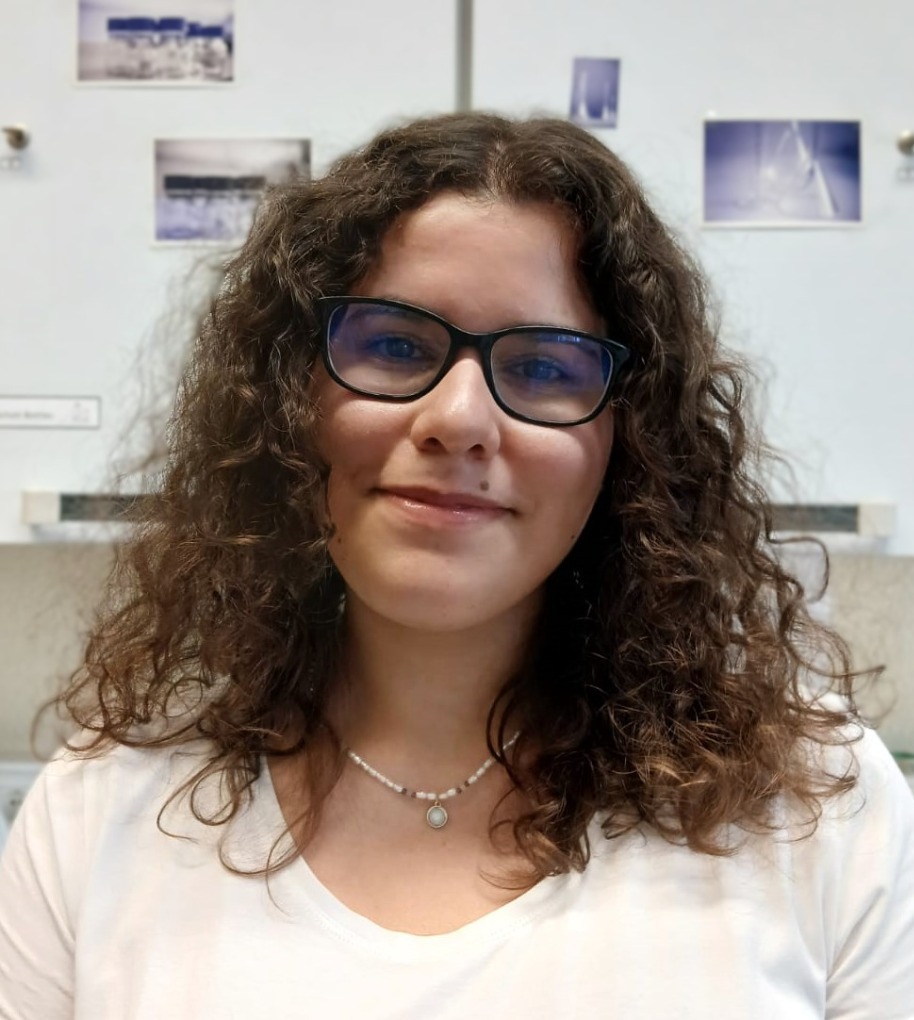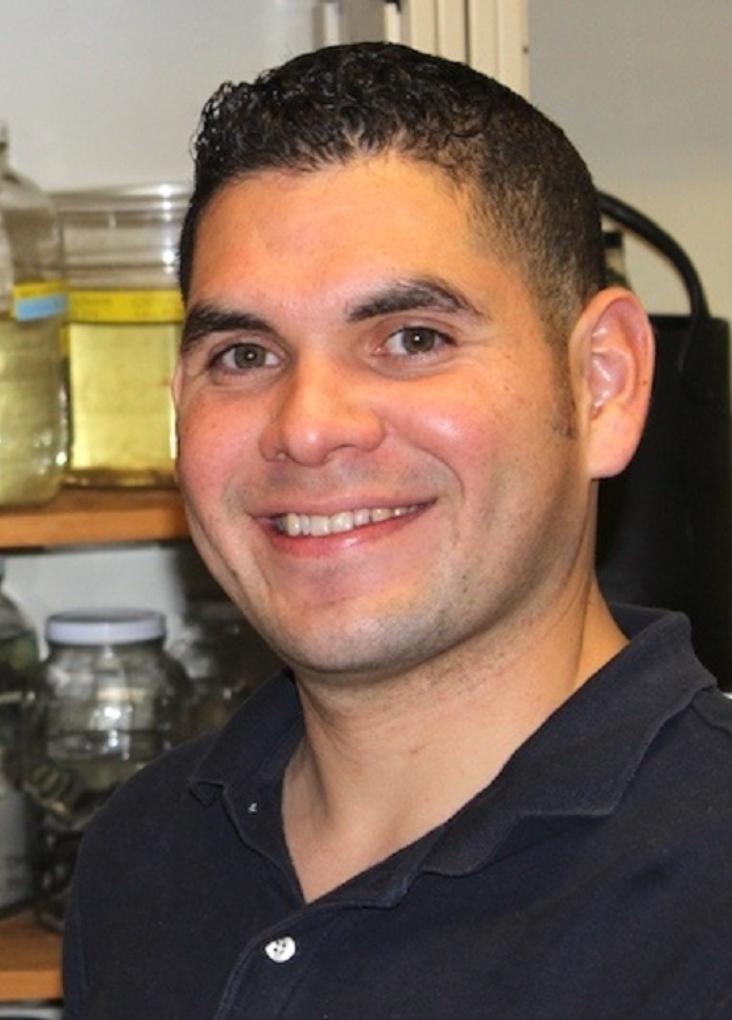The Extracellular Matrix in Development and Disease group aims to contribute toward understanding the molecular pathways downstream of the extracellular matrix and how they contribute to development, homeostasis and disease.
We are mostly focused on using our knowledge of skeletal muscle development to unveil the molecular mechanisms downstream of a faulty extracellular matrix, as in muscular dystrophies, and identify pathways of therapeutic potential.
We have defined three main lines of research:
- Identify the pathways downstream of laminin 211 that are altered at the onset of LAMA2-CMD in a mouse model of the disease;
- Use existing and establishing new mouse and human culture systems to mimic LAMA2-CMD in vitro;
- Use in vitro approaches to inhibit or activate pathways identified as altered in the mouse model of LAMA2-CMD and assess their effect on reverting the proliferation and myogenic differentiation defects.
The aims of our group are aligned with the goals of the TL3-Environment and Health Interactions.
Our research addresses how the extracellular matrix controls normal development and what molecular pathways are impaired when it is perturbed. This knowledge is essential to be able to generate therapeutical interventions.
Moreover, our expertise in extracellular matrix and use of in vitro systems has given rise to collaborations with other CE3C groups (e.g. EGB of TL2, MMD of TL3) as well as outside CE3C.
Our research contributes to basic science and to the understanding of the mechanisms of disease. Our contribution to applied science consists of identifying druggable targets that can ameliorate disease symptoms in our model systems and, in the future, may contribute to therapy development in humans.
Our group will continue to apply for national and international funding in a regular manner. We are committed to the advanced training of MSc and PhD students, and also give students the opportunity to do rotations in our lab.











